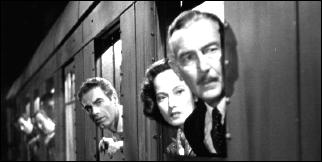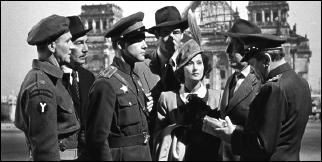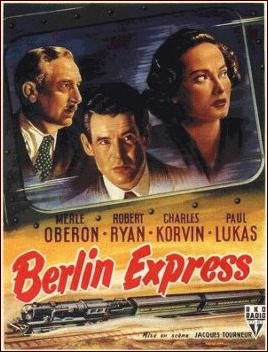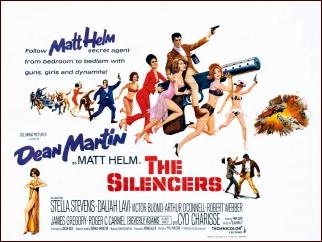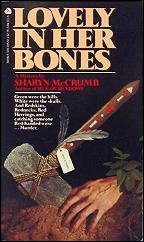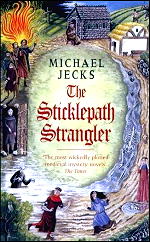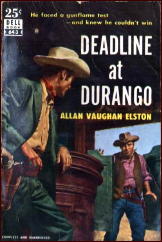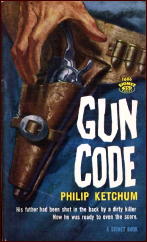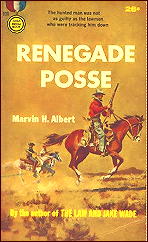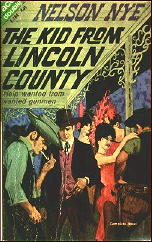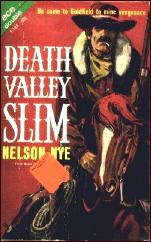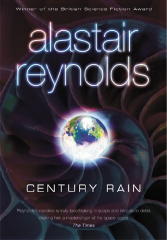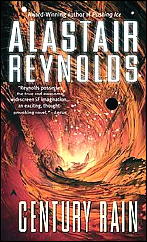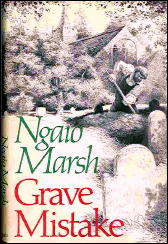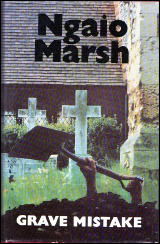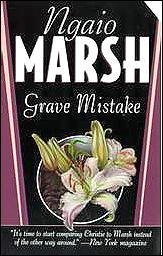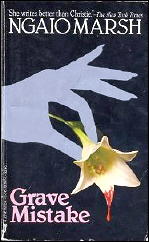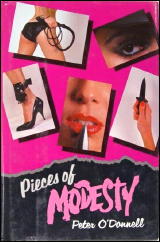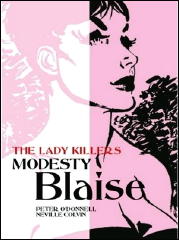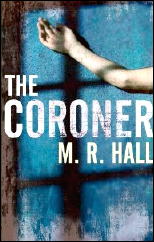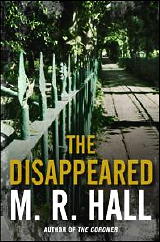Sat 8 May 2010
Mike Tooney Reviews: Two Carter Dickson / John Dickson Carr stories.
Posted by Steve under Reviews[3] Comments
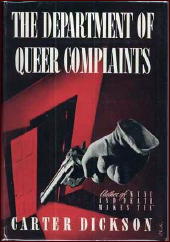
(1) “New Murders for Old” (1939) by Carter Dickson. First appearance: The Illustrated London News, Christmas 1939. First collected in The Department of Queer Complaints (Morrow, 1940). Reprinted in EQMM, August 1966, as “New Murders for Old.” Found in: Alfred Hitchcock Presents 14 of My Favorites in Suspense, 1976.
COMMENTS:
Tony Marvell, on the urging of friends and family, decides to go on an eight-month round-the-world cruise: Tony’s workaholic lifestyle has pushed him to the brink of a nervous breakdown, and his fiancee and brother insist on this rest cure.
“It was the nightmare again. One of the worst features of his nervous breakdown had been the conviction, coming in flashes at night, that he was not real any longer; that his body and his inner self had moved apart, the first walking or talking in everyday life like an articulate dummy, while the brain remained in another place. It was as though he were dead, and seeing his body move. Dead.”
Tony, however, will experience a real shock to the system when he does something few men ever have: read his own obituary in a newspaper. Someone, it seems, wants very badly to see him dead, and if necessary would willingly kill him twice.
“One moment he was standing there with the automatic pistol in his hand, the noise of the engines beating in his ears and a horrible impulse joggling his elbow to put the muzzle of the pistol into his mouth and —”
NOTES:
Dickson/Carr relies on a hoary gimmick to activate the plot, but he still keeps things moving, employing his trademark horror atmospherics but paying it all off with a perfectly rational denouement — although you should be prepared to believe at least two impossible things before breakfast about the character Rupert Hayes.
———
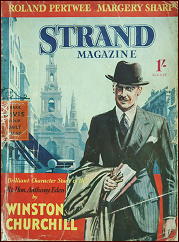
(2) “The Silver Curtain” (1939) by Carter Dickson. First appearance: The Strand, August 1939. First collected in The Department of Queer Complaints (Morrow, 1940); reprinted in Merrivale, March and Murder (IPL, 1991), as by John Dickson Carr. Found in: Tricks and Treats, edited by Joe Gores & Bill Pronzini (Doubleday, 1976).
COMMENTS:
Young Jerry Winton is having rotten luck at the baccara tables. Seeing his difficulties, Ferdie Davos offers Jerry a sizable sum. All he has to do is pick up some pills from a local doctor and collect ten thousand francs: a piece of cake.
But on his way to the rendezvous Jerry witnesses a murder that couldn’t have happened — a man is stabbed to death when nobody else was anywhere near him — an impossible crime, certainly, and one for which the local gendarmes have a prime suspect: Jerry!
“His tan topcoat was now dark with rain. His heels scraped on the pavement, for he had been stabbed through the back of the neck with a heavy knife whose polished-metal handle projected four inches. Then the wallet slipped out of his fingers, and splashed into a puddle, for the man died.”
For the real killer, Jerry fits perfectly in the frame. For Colonel March of Scotland Yard, there really is no mystery, and elucidating this case is all in a day’s — or night’s — work.
NOTES:
Be prepared to accept one or two highly unlikely aspects of the crime (the skill and timing of the murderer); if you buy those, the story should be enjoyable.
Carr adapted this one for radio as “Death Has Four Faces,” but without Colonel March (Appointment with Fear, BBC, October 19, 1944). It was also filmed for the TV series Colonel March of Scotland Yard in 1956 with Boris Karloff as March and a very young Arthur Hill as Jerry. (A video of this episode may be found here.)

